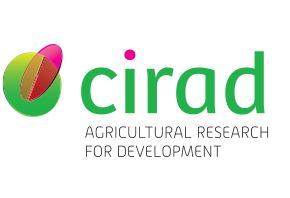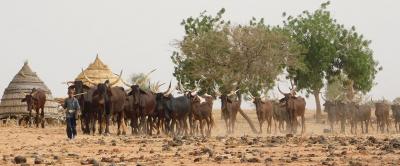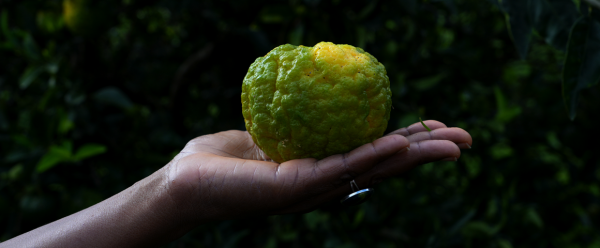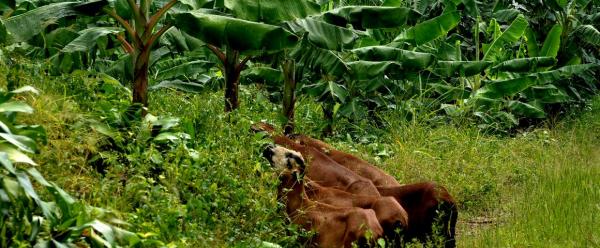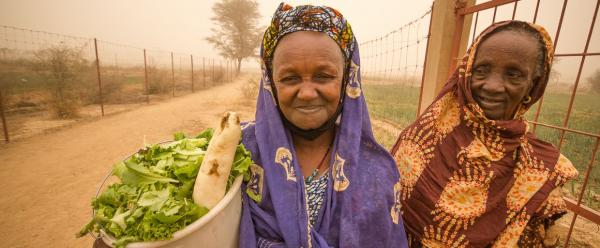Science at work 16 December 2025
- Home
- CIRAD news
- News
- A knowledge base on pesticide plants
Pooling knowledge of plants with pesticide effects
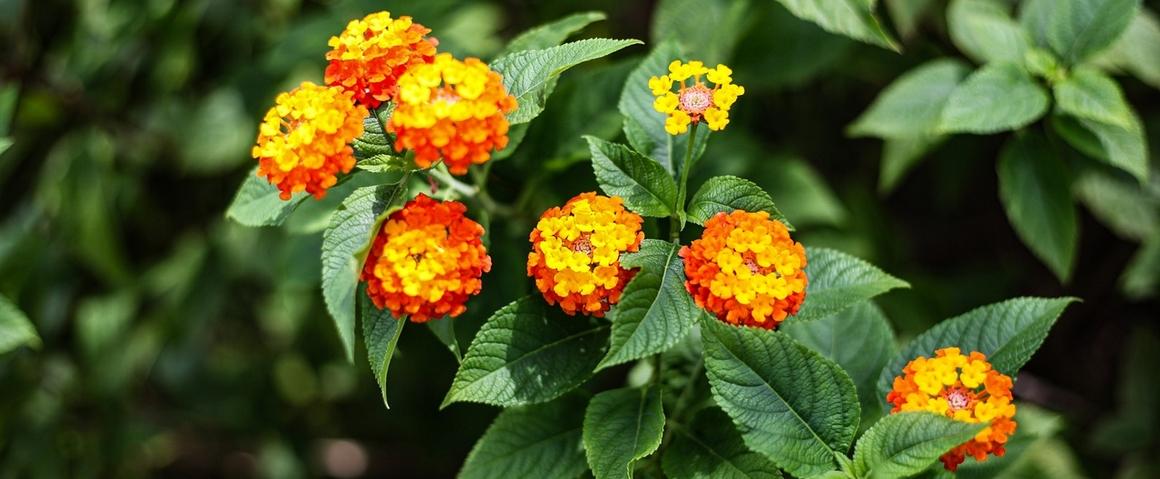
Flowers of Lantana camara L., a small shrub effective against Amblyomma ticks, which carry serious cattle and sheep diseases. However, it is toxic to dogs © Long Nguyen, Pixabay
The database is called "Knomana", which is short for "knowledge management". Its aim is to compile and structure as much scientific knowledge as possible of plants with pesticide, antimicrobial, antiparasitic and antibiotic effects in Africa. To date, almost 700 published articles have been mined, along with other documents such as books or scientific reports. The resulting data can be consulted free of charge on a website: knomana.org.
"When we go to symposiums or workshops, African scientists regularly tell us about how plant extracts are used against insect pests", says Pierre Silvie, a former IRD researcher hosted by CIRAD and one of the creators of Knomana. "In 2015, a workshop in Dakar was a 'lightbulb moment' for us: why not set up a network of everyone and anyone working on the topic?"
The network, called PPAf, for Pesticide Plants in Africa, has opened out since then to other non-French-speaking countries in Africa, and also in Asia and Latin America. It has been backed by CIRAD's DIVECOSYS platform in partnership for research and training, which works on the ecological intensification of farming systems, food security, and biodiversity promotion. Knomana is also the name of a project funded by the GloFoodS metaprogramme, headed by INRAE and CIRAD.
One plant, several uses
By compiling scientific data from several countries, it transpired that plants are used differently depending on local requirements and constraints: mosquito control in the field of human health, conserving grain stocks, as biological insecticides, etc. In some cases, a given plant may have several uses.
This applies to Lantana camara L., a small flowering shrub. It is effective against Amblyomma ticks, which carry serious cattle and sheep diseases, and can also be used as an antibacterial or fungicide for human health purposes. However, it is toxic to dogs, as CIRAD computer modelling specialist Pierre Martin, another co-creator of Knomana, points out. "Contrary to popular belief, plant-based solutions are not necessarily harmless, whether for humans, animals or the environment. At the moment, Knomana is really intended for specialists, scientists, NGO consultants or phytosanitary firms, to avoid domestic accidents."
Knomana cross-references a critical mass of data, to improve the sharing of scientific knowledge of all these plant-based solutions. This has meant a substantial amount of data processing work, which proved possible thanks to the support of researchers and students from the Laboratory of Computer Science, Robotics and Microelectronics in Montpellier (LIRMM). The long-term aim is to improve access to the database, notably for grassroots players such as producer organizations, scientists, NGOs and organic farmers. The Knomana database was built in line with national and international legislation on genetic resources, for instance the Nagoya Protocol, which regulates access to and sharing of knowledge relating to genetic resource use.

